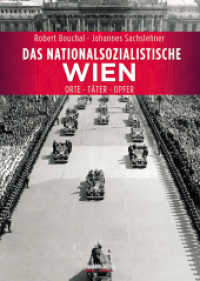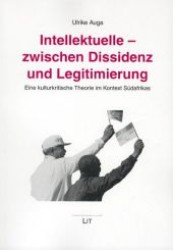基本説明
What is 'interactive teachng' in the context of primary classrooms? What is it that primary teachers and children actually do to interact effectively? Are there benefits in such interactions to both teaching and learning?
Full Description
What is 'interactive teaching' in primary classrooms? What do primary teachers and children do to interact effectively? Are there benefits in such interactions to both teaching and learning? A research partnership of tutors and teachers strives towards answers to these key questions. This book is the story of this intriguing and exciting research project. The authors examine the practical and theoretical aspects that are key to understanding and undertaking interactive teaching in primary classrooms. The project is unique in using its own interactive processes, 'Reflective Dialogues', to help teachers make sense of their own teaching. This process includes capturing and analysing classroom sessions on video; and cameos of these classroom interactions are discussed throughout the book. The research context is the Literacy Hour in Key Stages 1 and 2. This new title is key reading for academics, researchers, teacher educators, policymakers, and primary school teachers.
Contents
Acknowledgements Foreword Glossary Introduction just what is interactive teaching? Scuppering discussion? interaction in theory and practice Interactive teaching a cause for concern? It's what I've always done! teachers' knowledge of interactive teaching Scratching the surface the typology of interactive teaching I Digging deeper into meanings the typology of interactive teaching II Teacher-pupil interaction and interactive teaching synonymous or speculative? Teachers' voices case studies from the SPRINT project It wasn't as bad as I thought! learning from reflective dialogues Can we talk about that later? the tensions and conflicts of teaching interactively in the literacy hour Interactive teaching digging even deeper into meanings References Appendices Index.


![Sprachbildung im Biologieunterricht (DaZ-Forschung [DaZ-For] 11) (2017. 314 S. 155 x 230 mm)](../images/goods/ar/work/imgdatak/31105/3110578859.jpg)





